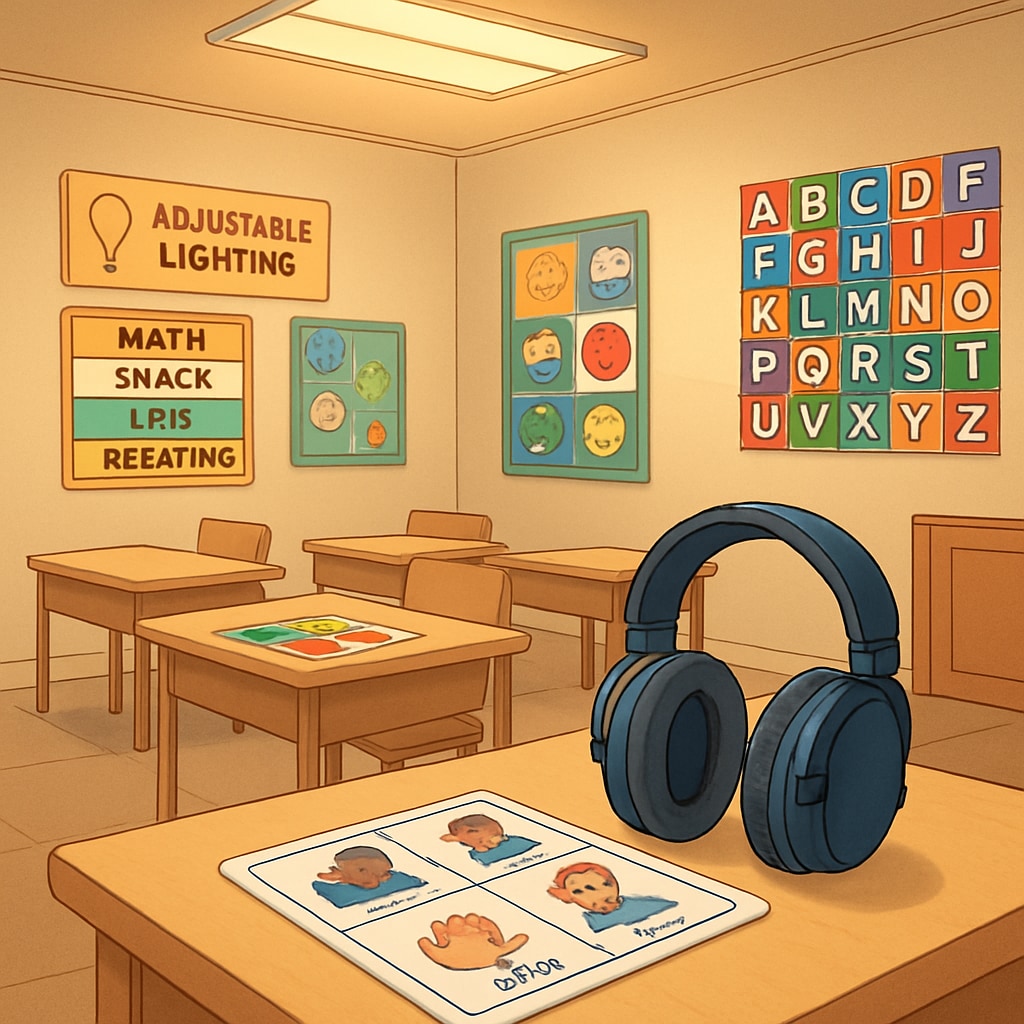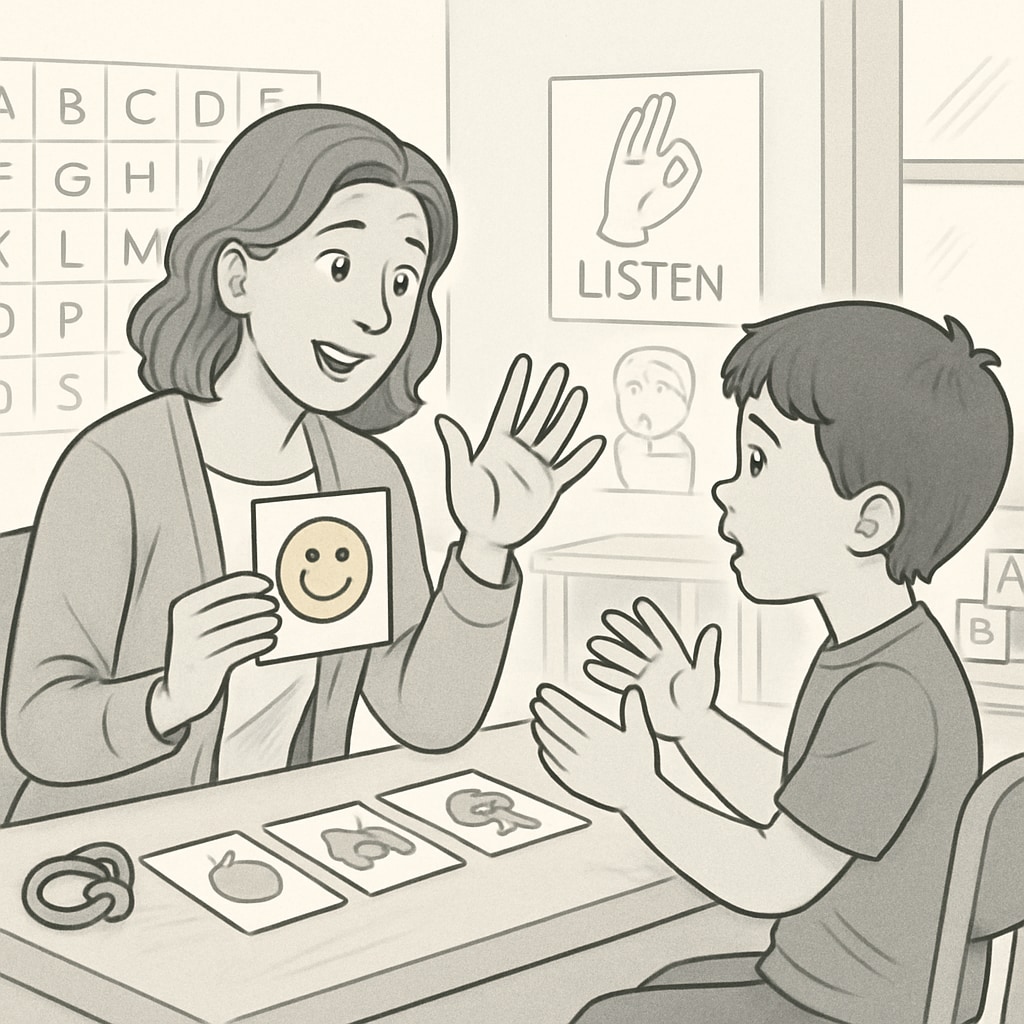Special education, autism spectrum, and teacher assistant roles are essential in providing meaningful support to children with unique learning needs. Creating strong connections with children on the autism spectrum requires preparation, patience, and an understanding of their individual challenges and strengths. This article outlines effective strategies for special education professionals and aspiring teacher assistants to prepare for working in autism-focused educational environments.
Understanding Autism Spectrum and Its Educational Needs
Children on the autism spectrum often experience differences in communication, social interaction, and sensory processing. Special education professionals must recognize these unique needs to design effective learning strategies. For example, some children may prefer visual aids over verbal instructions, while others may benefit from sensory-friendly environments. Understanding these nuances helps educators create tailored approaches.

In addition, it is essential to adopt a strengths-based perspective. Focus on a child’s interests and abilities rather than limitations. This approach not only builds confidence but also fosters a positive learning environment. Resources such as Autism Spectrum on Wikipedia provide valuable insights into the diverse manifestations of autism and its impact on education.
Preparation Strategies for Special Education Professionals
Effective preparation is key to success in special education. Here are some strategies to consider:
- Learn about the child: Gather information about their preferences, triggers, and communication styles from parents, caregivers, or previous educators.
- Create a structured environment: Children on the autism spectrum often thrive in predictable settings. Establish routines and clear expectations to reduce anxiety.
- Develop sensory-friendly spaces: Incorporate calming elements like noise-canceling headphones, soft lighting, or textured objects to help manage sensory sensitivities.
- Use visual supports: Visual schedules, charts, and pictorial instructions can enhance understanding and support independence.
Additionally, special education professionals should focus on building rapport with the child. Establish trust through consistent behavior, patience, and active listening. For more detailed strategies, visit Autism Spectrum Disorder on Britannica.

Effective Interaction Techniques in Special Education
Interaction is at the core of special education. Here are practical techniques to connect with children on the autism spectrum:
- Respect their space: Some children may prefer minimal physical contact or require time to adjust to new environments.
- Use clear and simple language: Avoid complex sentences or idiomatic expressions that may confuse the child.
- Encourage self-expression: Provide opportunities for the child to express themselves through art, music, or other creative outlets.
- Celebrate small successes: Reinforce positive behavior and achievements, no matter how small, to motivate the child.
Flexibility is crucial when working with children on the autism spectrum. Adapt your approach based on their responses and progress. For example, if a child struggles with verbal communication, explore alternative methods like sign language or assistive technology.
As a result, these techniques not only enhance learning outcomes but also build deeper connections with the child, ensuring they feel supported and valued.
Conclusion: The Gentle Power of Special Education
Special education, autism spectrum, and teacher assistant roles embody the gentle power of understanding and empathy. By preparing effectively and employing tailored interaction techniques, educators can create meaningful connections with children on the autism spectrum, fostering their growth and development. Every child has unique potential, and it is the responsibility of special education professionals to help them realize it.
In addition, ongoing learning and collaboration with parents, caregivers, and other professionals are essential for continued success in this field. Through patience, dedication, and creativity, special education can truly transform lives.
Readability guidance: Use short paragraphs and bullet points to summarize key ideas; ensure transition words are evenly distributed for smoother reading. Maintain a conversational yet professional tone to engage readers effectively.


